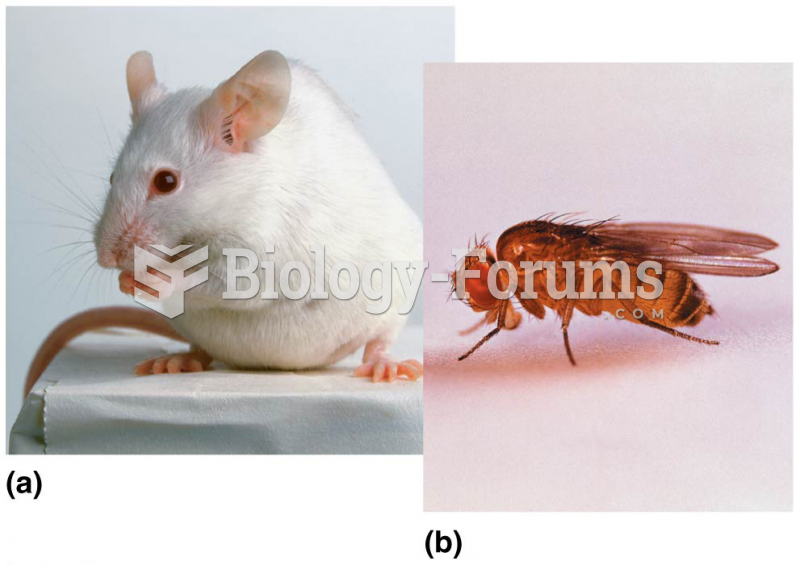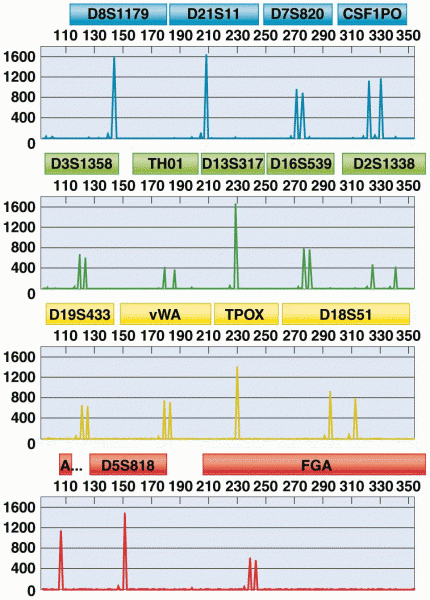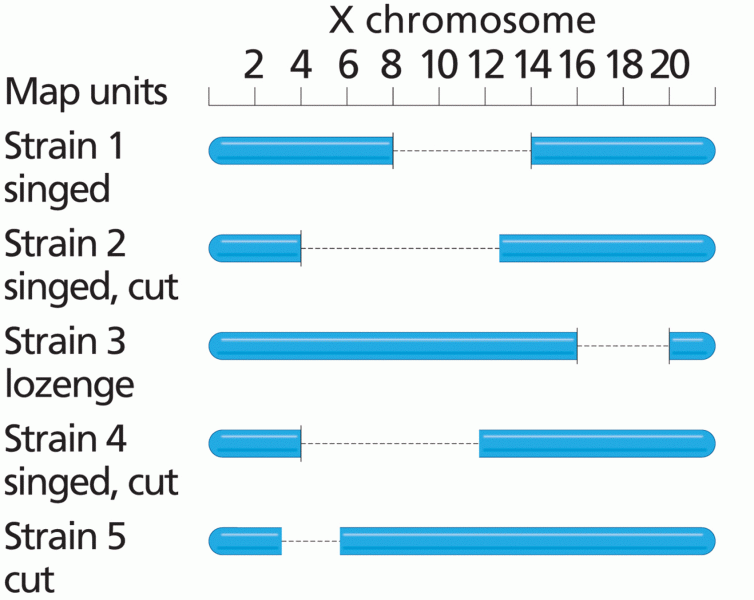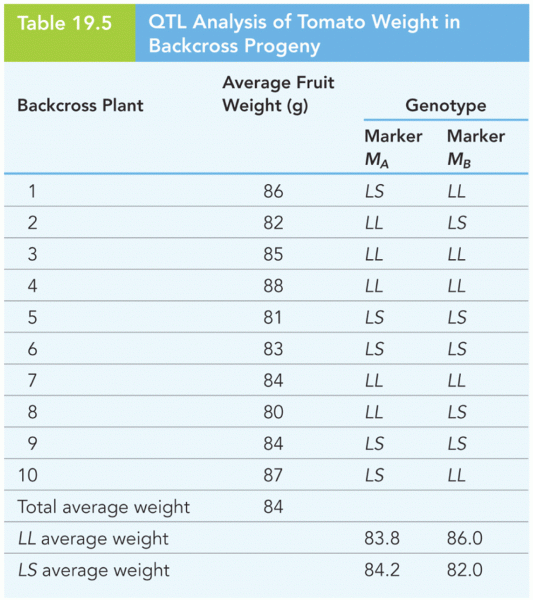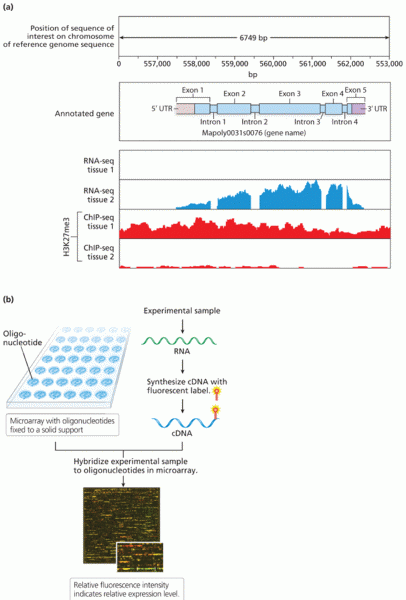Answer to Question 1
True
Answer to Question 2
The many findings of the most recent Youth Risk Behavior Survey (YRBS) include the following:
10 of students had rarely or never wore a seat belt when riding in a car driven by someone else.
Among the 70 of students who had ridden a bicycle during the 12 months before the survey, 85 had rarely or never worn a bicycle helmet.
28 of students rode in a car or other vehicle driven by someone who had been drinking alcohol one or more times during the 30 days before the survey.
10 of students had driven a car or other vehicle one or more times when they had been drinking alcohol during the 30 days before the survey.
17 of students had carried a weapon, (e.g., a gun, knife, or club) on at least 1 day during the 30 days before the survey.
20 of students had been bullied on school property during the 12 months before the survey.
Almost 14 of students had seriously considered attempting suicide and 6 of students had attempted suicide one or more times during the 12 months before the survey.
19 of students smoked cigarettes on at least 1 day during the 30 days before the survey.
72 of students had had at least one drink of alcohol on at least 1 day during their life and 42 of students had had at least one drink of alcohol on at least 1 day during the 30 days before the survey.
46.0 of students had ever had sexual intercourse.
18 of students were physically active at least 60 minutes per day on each of the 7 days during the 7 days before the survey.
23 of students did not participate in at least 60 minutes of physical activity on at least 1day during the 7 days before the survey.
The social, economic, and political circumstances that increase adolescent risk taking include these:
The uncertainty of contemporary social life.
Lack of legitimate opportunity.
Emphasis on consumerism.
Racial, class, age, and ethnicity inequalities.
The cult of individualism..


